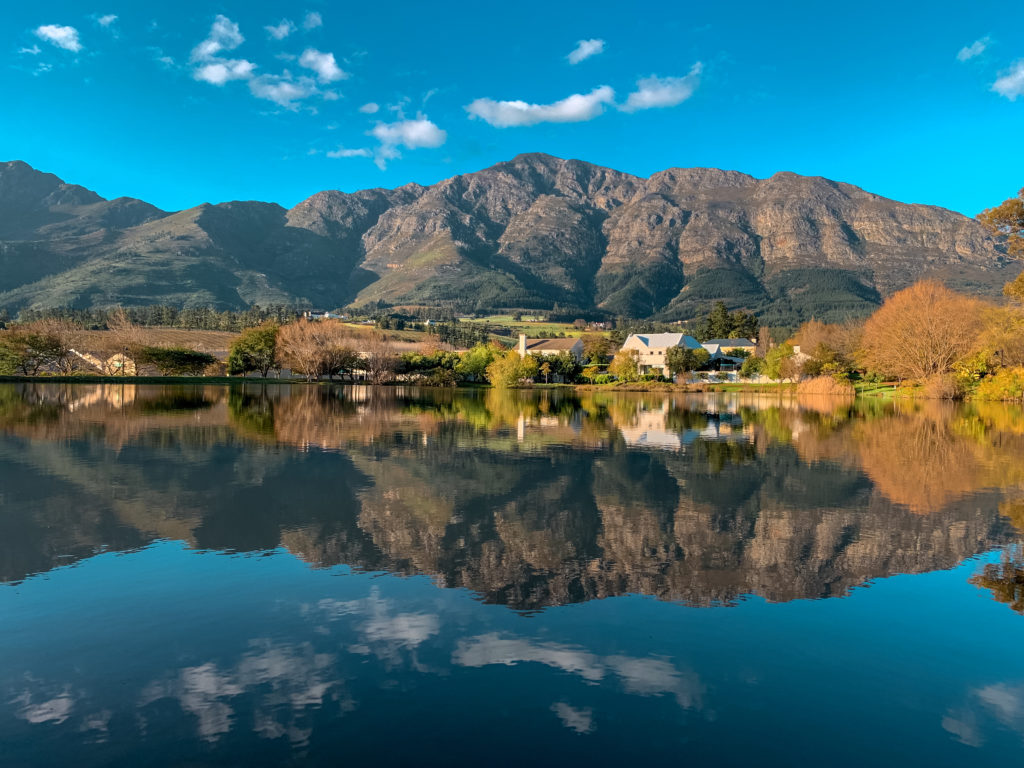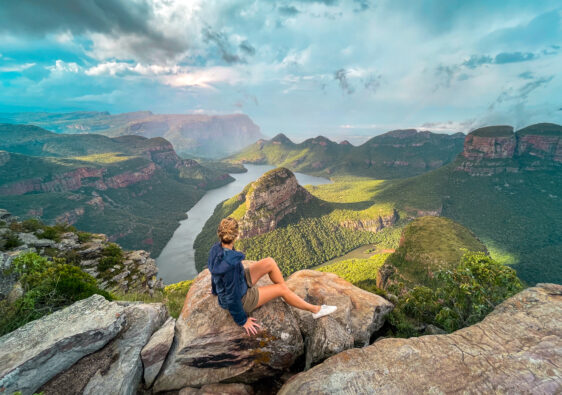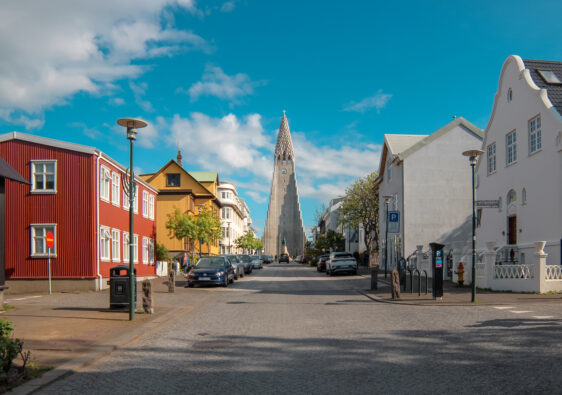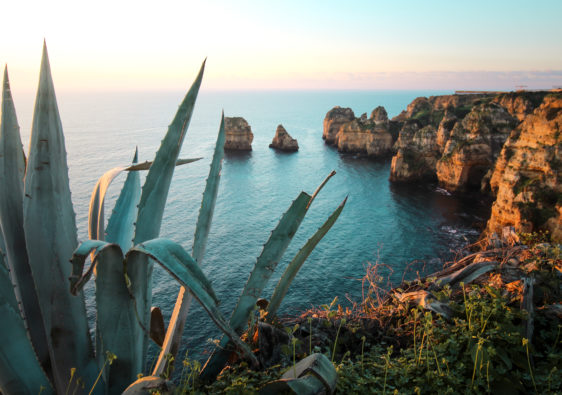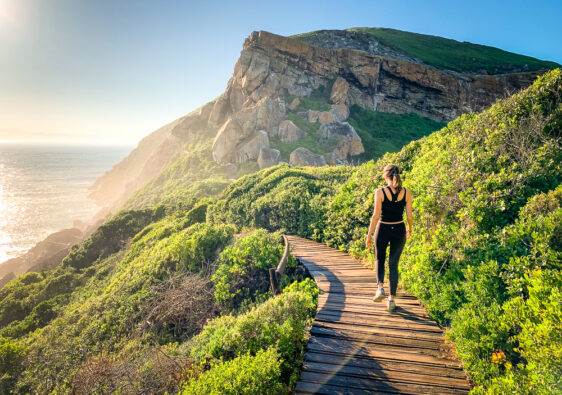When people come back from their South African holidays gushing about how beautiful Cape Town is, they’re probably confusing it with the Cape Winelands- Cape Town’s elegant neighbour (not to say Cape Town doesn’t have its moments).
The Cape Winelands are undeniably gorgeous. Romantic vineyards line the valleys of dramatic mountain ranges, with cute little villages scattered in between – every angle is photogenic. The best part is, most places are just an hour’s drive from the Mother City.
It can be a bit overwhelming to decide where to go and how much time to spend there. The short answer is, everywhere and forever. But most people only have one to three days.
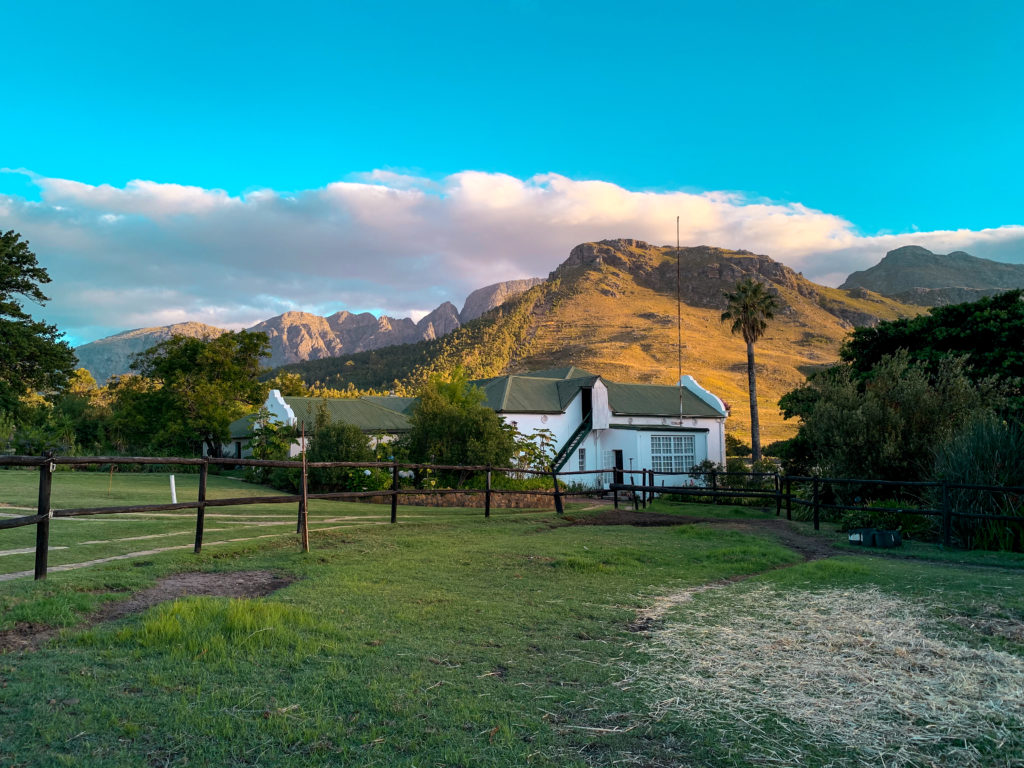
What are the Cape Winelands?
The Cape Wineland is a region in the Western Cape just west of Cape Town. Some of the more famous towns in the area are Stellenbosch, Franschhoek, Paarl and Wellington. The region gets its name from the wine that is produced there. There are over 2,000 wine farmers in the region and several hundred private wine cellars. In fact, the majority the wine in South Africa is produced here.
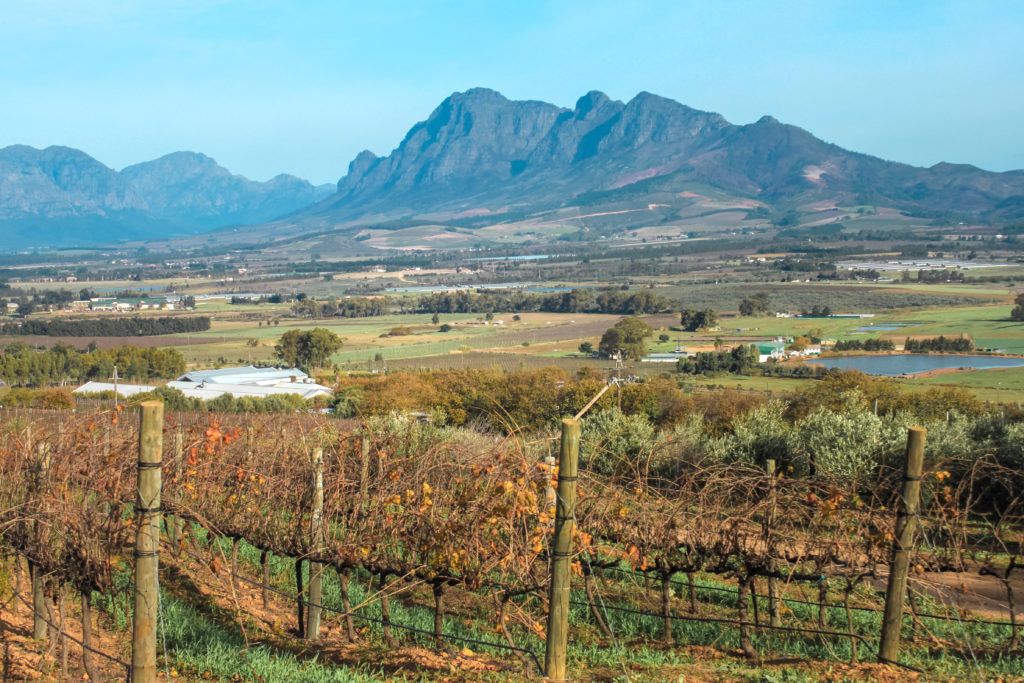
When to visit
Because the wine doesn’t run out and South Africa’s mild winters (which is around June to September), you can visit anytime of the year. However, if you’re interesting in pairing your wine with views and outdoor activities, you might want to consider visiting from September to December.
During the winter the vineyards will be not be particularly green because the grapes will have been harvested in January and the vines will have been cut back. On the flip side, if you go during the peak of summer – January and February, it might be too hot to do other activities like hiking (unless you hike to a swim spot like one of the places suggested further down).
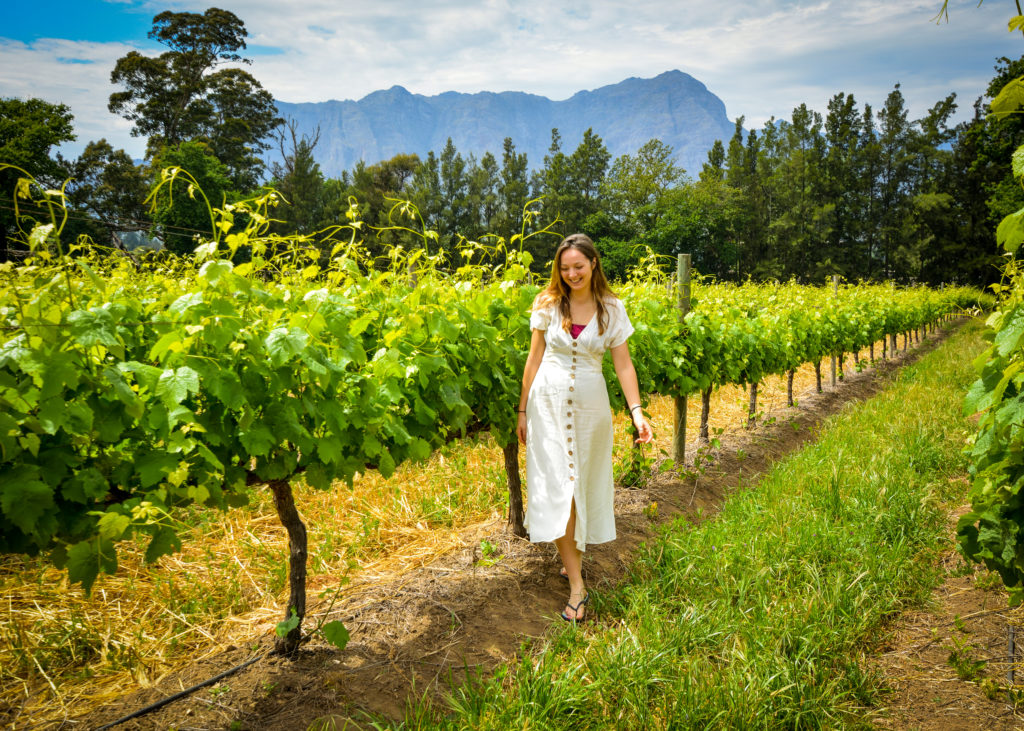
Where to go
If you’ve only got a day or two, focus on visiting Franschhoek, Stellenbosch, or Paarl. Franschhoek has a very nice town centre that sits in the valley of some very dramatic peaks. Stellenbosch, home to the University of Stellenbosch, has its own share of beauty, but it tends to be more crowded and touristy than some other areas.
Personally, if you have time, I would head out to Robertson and McGregor. These areas have fantastic wine farms that are arguably better than those in Stellenbosch or Franschhoek, and they are frequented more by local South Africans. Because the farms are a bit smaller there, the whole experience feels a lot more personal as well, as compared to the larger, famous wine farms (like Spier). It only takes about 2 hours to get to Robertson and another hour to get to McGregor. You’ll pass plenty of wine farms, river hikes (like the one up to Krom River) and farm stalls (my favourite is Die Pampoenstalletjie) along the way, so the drive won’t feel long at all. Plus the landscape is quite interesting as you pass through the mountain pass and enter a flat, dry valley flanked by various mountain ranges.
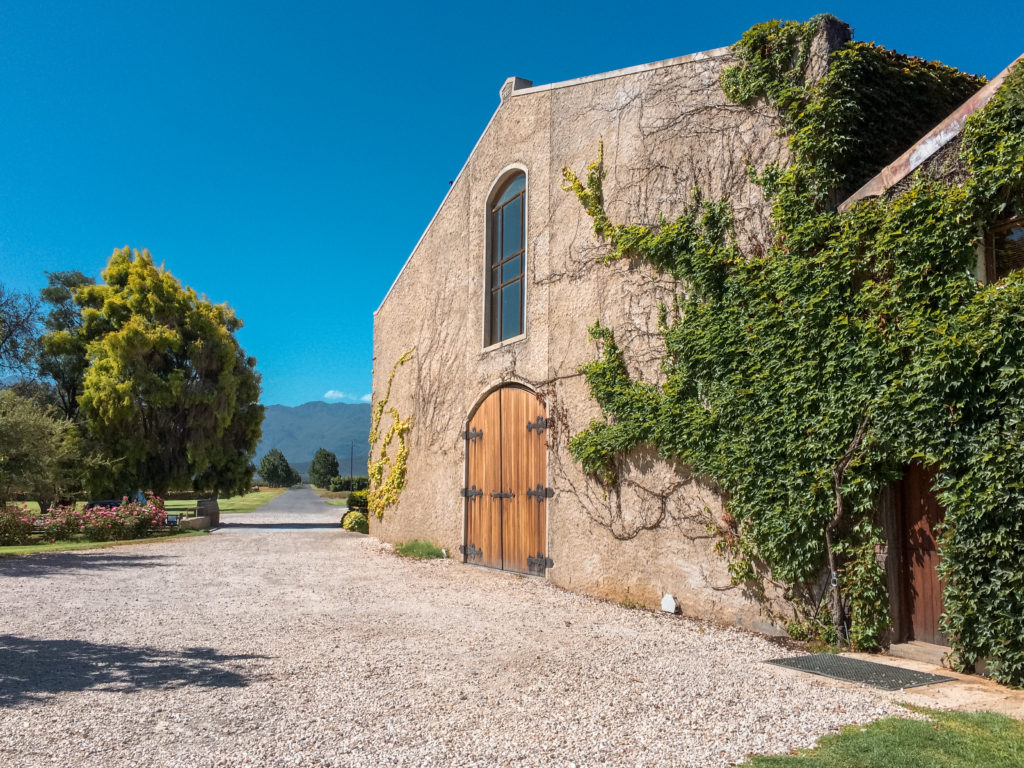
Which wine farms in the Western Cape should you visit?
The list of wine farms worth visiting is extensive – some have great wine, some have great views, and others great vibes. Almost all wine farms these days charge a small fee for a wine tasting, which is about 5 wines you can select from a list of wines. But if you buy a bottle of wine, they generally wave the fee. There’s usually a bottle for 80 ZAR (4 USD) on the list that tastes great, so my advice is to buy a bottle for home.
A few to add to your list are:
- De Wetshof, Robertson – bougie but fine wine.
- Springfield, Robertson – one of my favourite places in South Africa. Great wine with a great view by a dam, plus the staff are very nice. Try the Whole Berry Cabernet.
- Rietvallei, Robertson – really nice ambience.
- Graham Beck, Robertson – come here for your sparkling wines.
- McGregor Wines, McGregor – extremely cheap, tastings are free, and the wine is fantastic.
- Thelema, Stellenbosch
- Delheim, Stellenbosch
- Leopards Leap, Franschhoek
- Backsberg, Franschhoek – amazing grape juice (the non-fermented variety).
- Fairview, Paarl – they do a wine and cheese tasting. Plus the goats are cute.
- Cederberg Wines – if you venture as far out as the Cederberg, this is my absolute favourite. They give about 15 wines in their wine tasting.
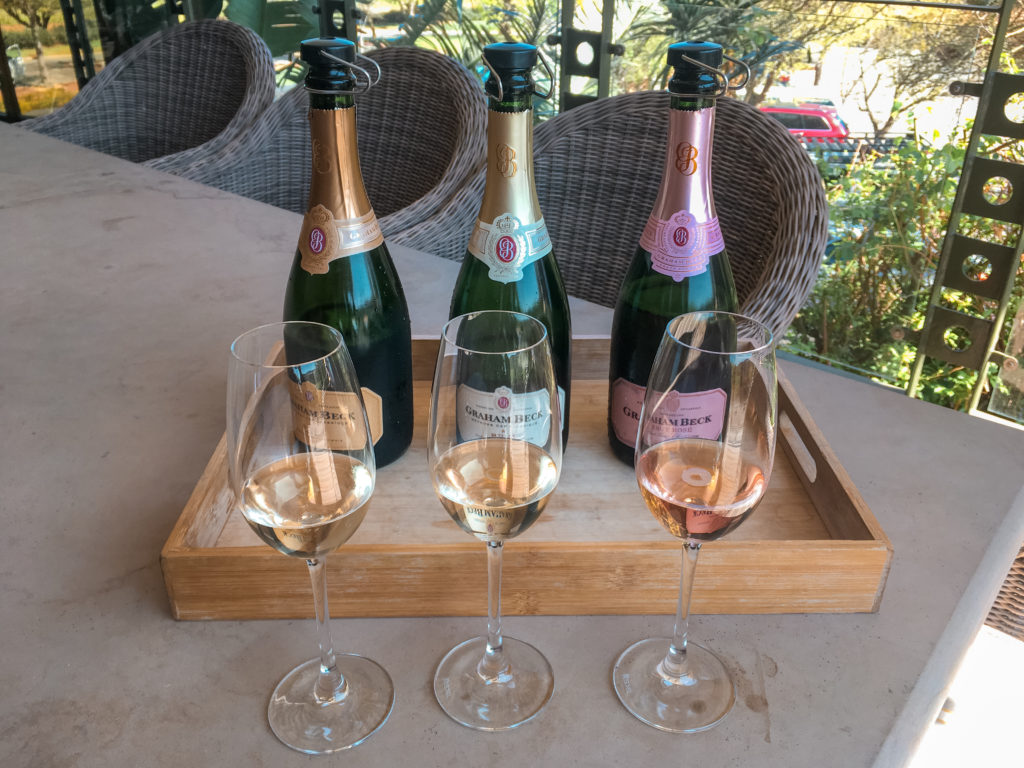
What to do
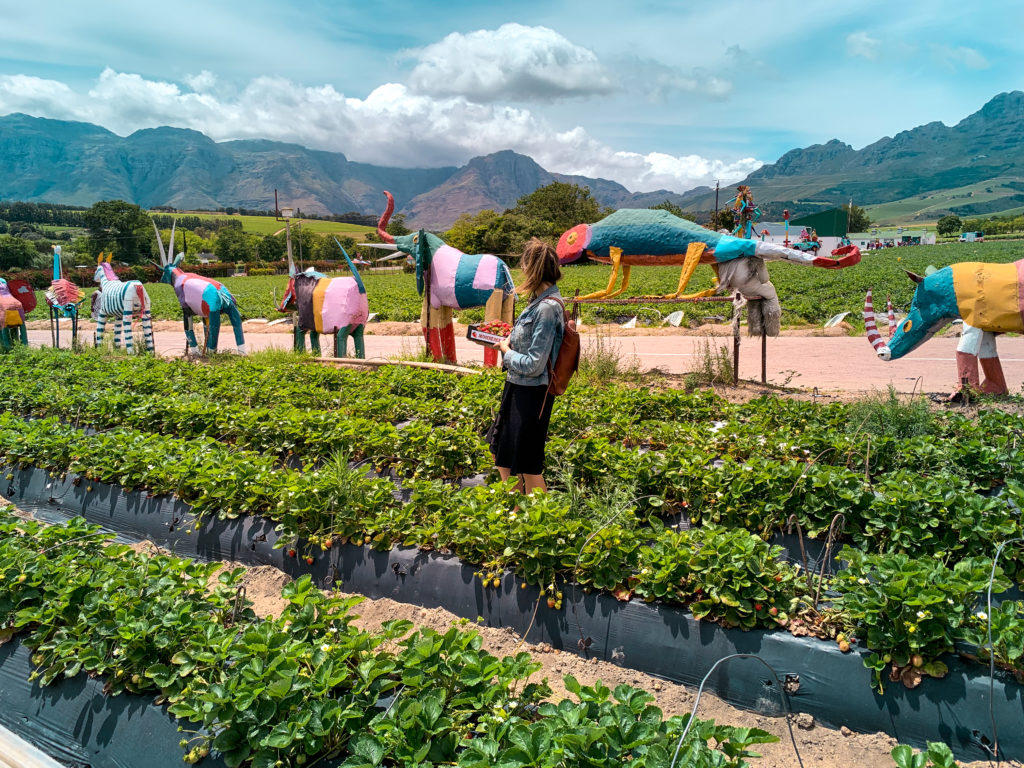
Besides the obvious – wine tasting – there are plenty of other activities around, particularly outdoor activities. The areas around wine farms tend to be mountainous (read = fantastic hiking), with streams and rivers dotted throughout (read = swimming). If spending your time exploring the beautiful outdoors is not your thing, there is also an abundance of fantastic restaurants for foodies and other activities like strawberry picking (in November and December) and paragliding.
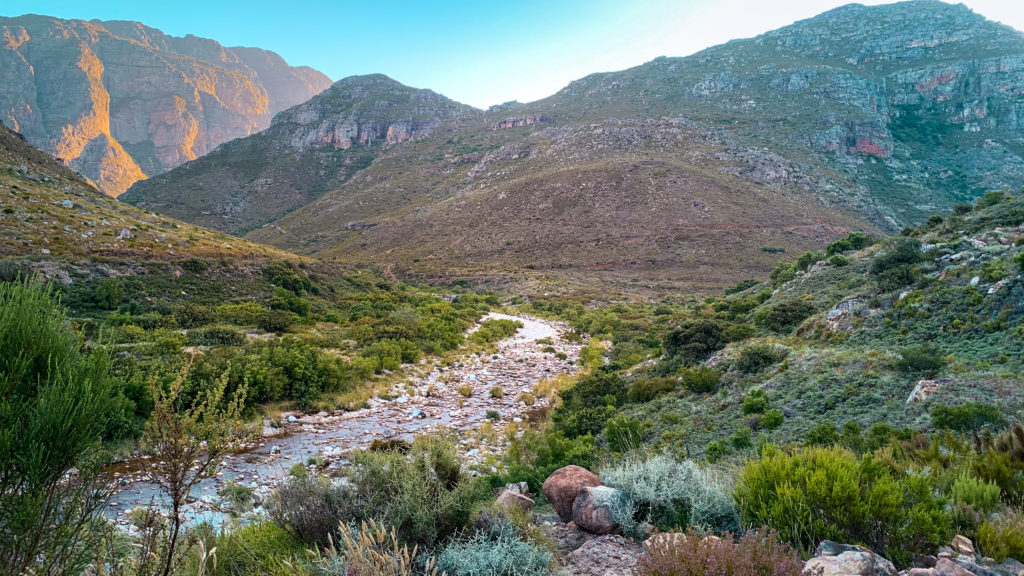
Some of the best hikes are found around Franschhoek (Perdekop in Mont Rochelle) and Stellenbosch (the Panorama Route in Jonkershoek).
Other favourites include CapeNature’s Limietberg Nature Reserve in the Du Toitskloof Mountains. Here you can spend a few days easily exploring the likes of ‘Hole in the Roof’ (a waterfall falling through a hole in the rock), Krom River, Elands River trail (just across the road from Krom River), a hike up Bainskloof. Pretty much all the hikes here follow a stream or end up at a fantastic waterfall and swimming hole.
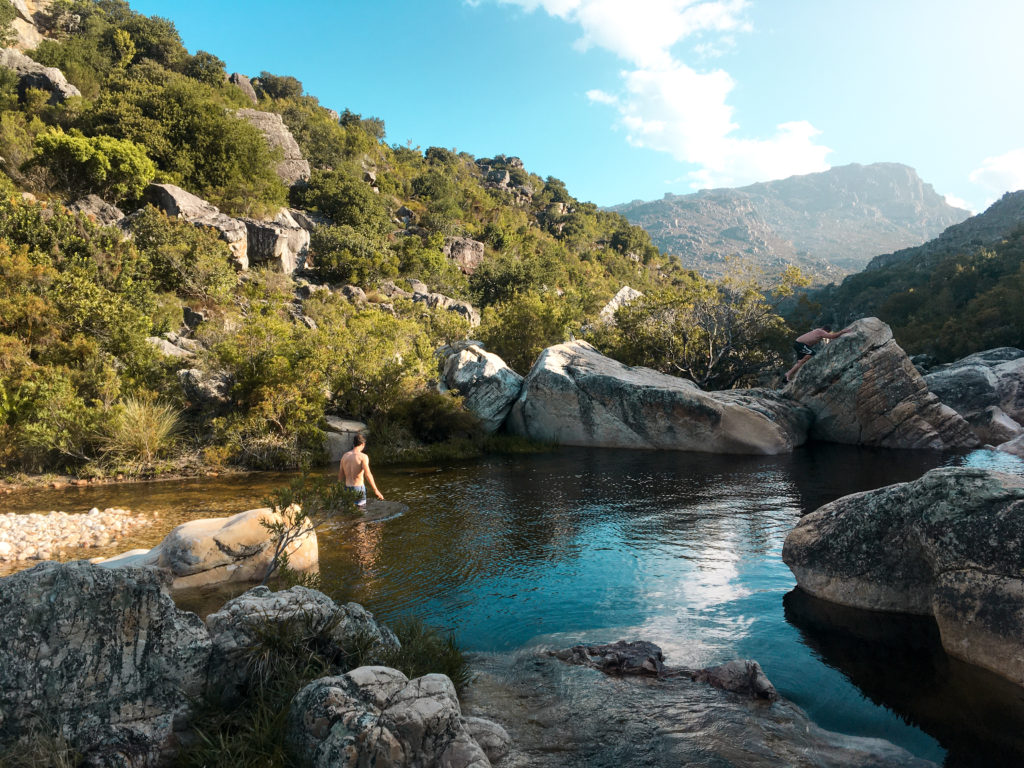
Where to stay
It’s hard to go wrong with the accommodation in the wine region. You can either splurge and stay overnight at one of the wine farms, or stay in the towns in boutique hotels or in cottages out in the countryside. You can also go budget and camp at one of Cape Nature’s campsites, like the one in Limietberg by Tweede Tol right next to the rock pools.
If you’ve only got a short time, I’d recommend basing yourself in the town of Franschhoek. From there, you can easily access many winefarms (including the wine tram if you don’t have a designated driver) but also be within walking distances of a selection of restaurants.
If you want to go a bit more off the beaten path, I personally love McGregor. It’s a lot quieter, but the wine farms are fab and I love the safe village feel of the town (plus it’s so much more affordable than Franschhoek and Stellenbosch).
